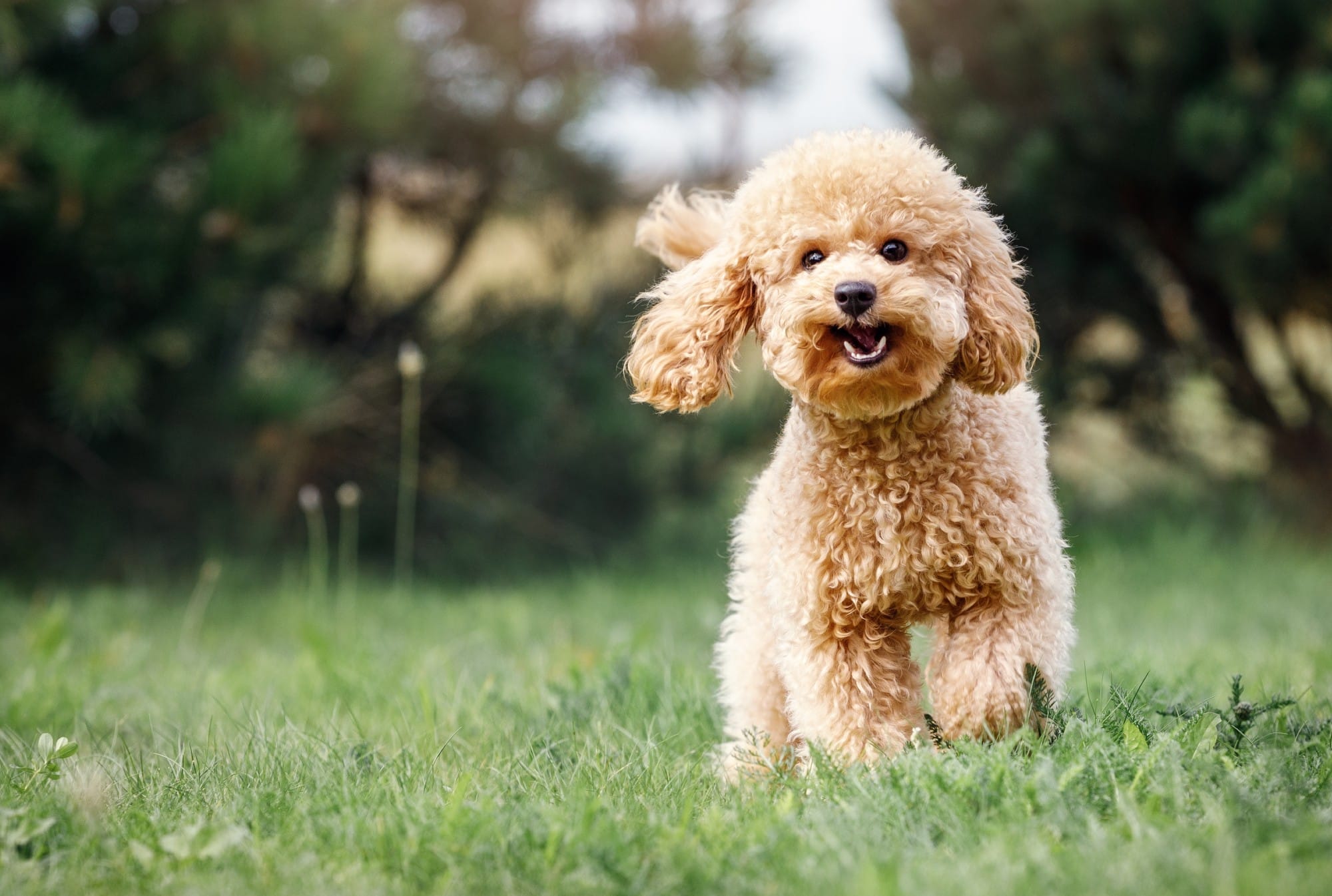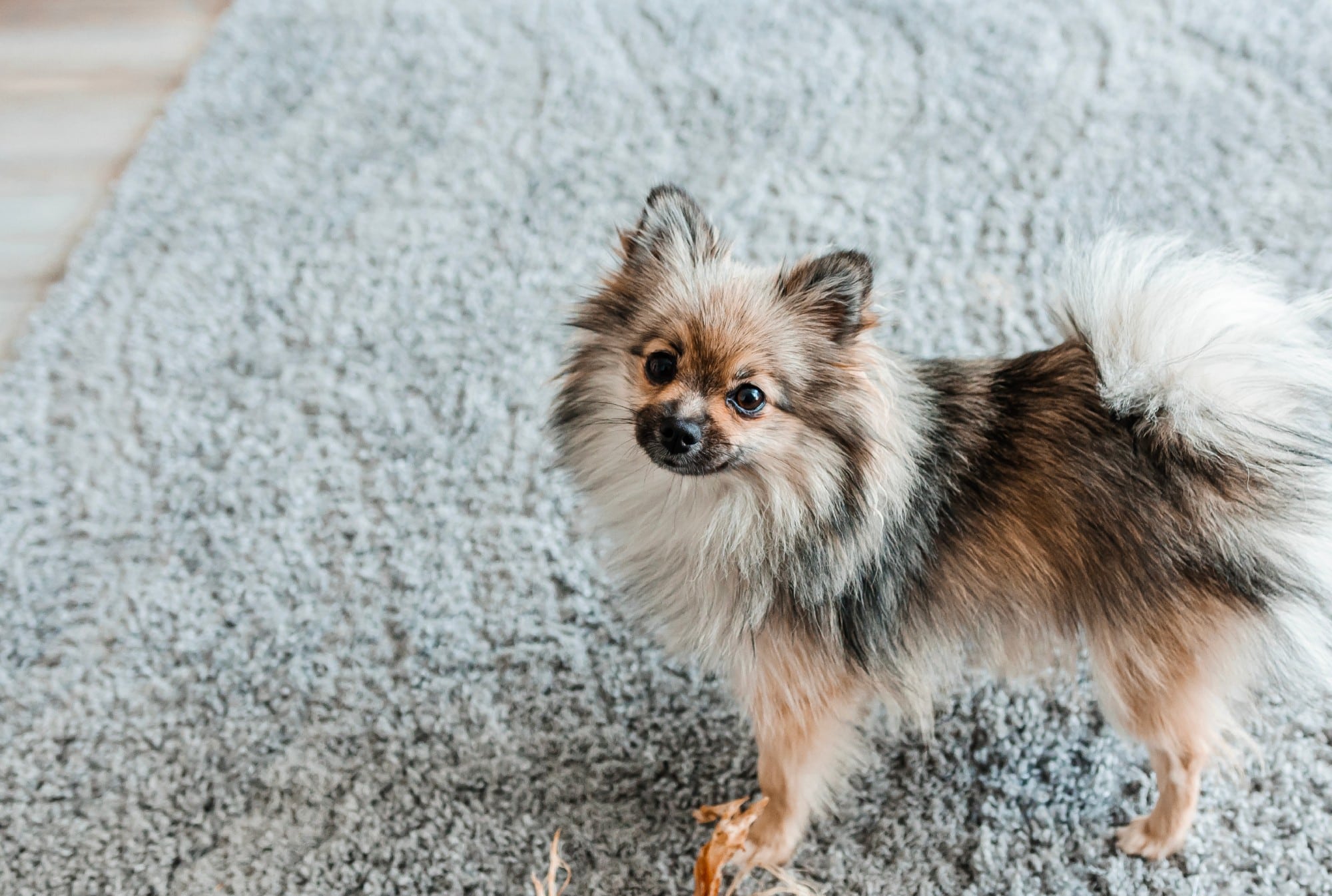The new year marks a new beginning with many people using this opportunity to set new goals and intentions to make the coming year even better than the last. You have heard these promises time and time again: exercise more, eat better, cut back on bad habits and try new adventures. While these popular resolutions show up every January, they don’t just have to be for you. It can also be the perfect time for your canine pup to make positive changes.
Here is how to get your pup on the right track for 2015:
Related: This Pug’s New Year’s Resolution Has Everyone Else’s Beat
1. Get in shape.
Exercise is as much an important part in a dog’s life as food, shelter and water. Regular exercise not only keeps your companion in shape, it also aides in reducing stress, and alleviating boredom which can sometimes lead to common behavioral problems such as barking, chewing and just being generally annoying inside your lovely homes.
2. Take a trip.
Exposing your dog to a new setting, even if just a day-trip to a new park, allows them the opportunity to practice the learned behaviors you work on every day in an atypical surrounding. Plus, the break from your usual day-to-day routine could end up being mutually beneficial for the both of you.
3. Eat healthier food.
Related: Barklyn Organics Is Starting a ‘Dog Food Revolution’
Much of the commercial dog food found in grocery and pet stores nationwide is high in fat and calories, and is often reliant on mystery ingredients listed under the vague moniker “by-product meal” (let’s not even get into the countless food and treat recalls in this year alone.) While it may not be practical for everyone to get their pet started on a 100 percent homemade diet, the simple act of switching the milk bones with raw carrots — or whichever dog-safe fruit or veggie your little one prefers — can do wonders for their weight and dental health.
4. Volunteer.
It has been clinically proven that the simple act of petting a dog can lower blood pressure, help with depression and encourage relaxation for those involved. So, get involved.
Therapy dog programs have been implemented in settings from nursing homes to elementary schools and prisons, and the love shared is just as rewarding to the animal as it is the companion. To find a volunteer program in your area, a great place to start is National Therapy Dog Registry or just Googling therapy programs in your area.
Of course not every dog is fit to provide therapy in which case you just post a thousand funny photos of them in various hats and share with the less fortunate: your dogless friends on the Internet.
5. Recycle.
For every dog in a caring and loving forever home there are literally MILLIONS waiting for their chance at a happy ending in shelters all over the country. The majority of these rescue organizations rely on the kindness of volunteers to donate not only time but supplies, so before you throw away that harness or winter coat your little buddy grew out of last winter, consider dropping these items off at your local shelter and hand it down to the next generation of future adoptees!
6. Take a class.
Related: 5 Ways to Tire Out Your Dog Before Leaving the House
Dogs will often act out in “aggressive” or “protective” ways when they feel threatened, afraid or unsure what is expected of them in any given situation. One of the the best ways to build your dog’s self-esteem is to take a class. Keeping your dog mentally stimulated not only results in less behavioral problems in the home and on the street, but the bond you build while learning something new together will go a long way for the both of you.
7. Quit smoking.
Your dog will thank you. Not only will improve your health but your pup’s too. Indeed, dogs whose owners smoke are twice as likely to get cancer, with the nose and lung area especially vulnerable, according to reports. You say it every year dog, so just put the pack down already and commit!
Related:Here Are 22 Ways Dogs Make Us Healthier (Infographic)

























